Epic Elk Antlers: A Must See for Hunting Preparation
With their awe-inspiring grandeur and remarkable intricacy, elk antlers hold a significant place in the natural world. These magnificent antlers are synonymous with the majesty and strength of the elk species. They captivating both wildlife enthusiasts and researchers alike. Elk antlers are not simply ornamental adornments; they play a crucial role in various aspects of an elk’s life, including reproduction, defense, and social interactions.
Significance of elk antlers
Elk antlers are specialized bony structures that grow from the frontal bones of the skull in male elk. Unlike horns found in other ungulates, such as cattle or sheep, which are permanent structures of keratin sheaths encasing a bony core, elk antlers are entirely made of bone. This makes them unique among mammalian appendages, as their exceptional growth rate and regenerative capacity enable them to reach astonishing sizes.
The significance of elk antlers extends beyond their physical attributes. They serve as visual indicators of an individual’s health and genetic fitness within the population.
Size, symmetry, and complexity often correlate with age and overall well-being- a testament to an individual’s ability to overcome environmental challenges. Consequently, male elk with larger and more impressive antlers tend to have higher reproductive success during mating seasons.
Elk Species and Their Habitat
The majestic elk is one of North America’s largest land mammals—a symbol of wilderness that roams through diverse habitats across the continent. Six subspecies inhabit different regions: Roosevelt Elk along the Pacific Northwest; Rocky Mountain Elk throughout western North America; Manitoban Elk in Canadian prairies; Tule Elk in California’s Central Valley; Merriam’s Elk in Arizona and New Mexico; and Eastern Elk, which is now extinct.
Elk inhabit many ecosystems, from dense forests to grasslands and shrublands. They are adaptable creatures, capable of surviving in areas with varied climates and vegetation.
Throughout their natural habitats, elk play an essential ecological role as herbivores, shaping vegetation dynamics and providing food for predators such as wolves, bears, and mountain lions. Understanding the intricacies of elk antlers allows us to gain insight into the species’ evolutionary history, physiological adaptations, and ecological interactions.
These magnificent structures have captivated the human imagination for centuries—inspiring artistry, cultural significance, and scientific exploration. To explore the world of elk antlers is to delve into a realm where nature’s grandeur merges with fascinating complexity.
Anatomy of Elk Antlers
Composition and Structure of Antlers
Elk antlers are marvels of nature, boasting a remarkable composition and intricate structure. Composed primarily of bone, antlers are formed from specialized tissues known as cartilage. This cartilage undergoes a fascinating transformation process to develop into the sturdy and imposing structures we commonly associate with elk.
The base of an elk antler is connected to the animal’s skull via a bony bump called the pedicle. The main body of an antler, known as the beam or main beam, extends outward from the pedicle and branches off into various tines or points.
Depending on age, genetics, and nutrition, these tines can vary in number, length, and complexity. Along the length of the antler beam are grooves that serve as pathways for blood vessels during growth.
Bone Formation and Growth Process
The growth process of elk antlers is truly remarkable. It begins yearly after shedding or casting off their old antlers in late winter or early spring.
As winter fades away and spring emerges, specialized cells called osteoblasts start actively multiplying at the base of each pedicle. These osteoblasts produce new bone tissue that gradually extends outward from the pedicle to form the main beam.
Bone growth occurs through ossification, where cartilage is gradually replaced by mineralized bone tissue composed mainly of calcium phosphate crystals. This ossification process starts at the tips of each tine. It progressively moves towards its base throughout spring and summer when factors like sunlight duration and hormone levels play crucial roles in stimulating growth.
Velvet Covering and its Purpose
During rapid growth, elk antlers are covered by a velvety layer known as velvet due to their soft texture resembling the material. The velvet is an extension of the skin and is replete with blood vessels that supply oxygen and nutrients to the growing antler. It also contains nerves necessary for monitoring the antler’s development.
The purpose of the velvet covering extends beyond nourishing the growing antlers. It serves as a protective layer, safeguarding the delicate bone tissue from external damage, impacts, and infections.
Additionally, this unique covering aids in insulation, preventing heat loss from the developing antler structure during colder months. Once growth is complete and mineralization occurs, elk will engage in behaviors such as rubbing their antlers against trees to peel off the dried-up velvet layer.
Understanding elk antlers’ composition and growth process reveals their remarkable natural adaptability. The intricate combination of bone tissue formation with its protective velvety covering showcases Mother Nature’s ingenuity.
Antler Growth Cycle
Stages of Antler Growth
The growth of elk antlers follows a fascinating and intricate cycle that can be divided into distinct stages. The first stage begins with casting or shedding old antlers, typically in late winter or early spring. During this time, hormonal changes prompt the weakening and eventual detachment of the antlers from the pedicle, the bony protrusion on the skull from which they grow.
Casting or Shedding Old Antlers
Once the old antlers are shed, elk enter a brief period without antler growth. This phase allows their bodies to conserve energy and focus on other vital processes such as reproduction and replenishing nutrients. The casting process is facilitated by osteoclast cells that dissolve and reabsorb bone tissue at the base of the antlers until they are eventually shed.
Regeneration of New Antlers
After shedding their old antlers, elk begin the remarkable process of regenerating new ones. This regeneration occurs through an accelerated growth rate driven by a surge in testosterone levels during the spring and summer months. The formation starts with cartilage developing at the pedicle’s tip, which serves as a foundation for future growth. Several factors significantly influence the growth rate of new antlers during this regeneration phase.
First and foremost is age; older bulls tend to have more substantial and elaborately branched antlers than younger ones due to longer annual growth cycles over their lifespan. Additionally, nutrition plays a vital role in determining both the size and overall health of new antler development. Elk with access to abundant food resources rich in protein will generally produce larger and more impressive racks. Genetics also play a crucial role in shaping an elk’s potential for magnificent racks.
Certain gene combinations contribute to superior horn development, resulting in greater tine length, wider spreads, and increased palpation. However, it is important to note that even elk with favorable genetics require optimal environmental conditions and access to quality nutrition to realize their genetic potential.
Notably, the growth of antlers during the spring and summer months is exceptionally rapid. The combination of increased daylight hours and plentiful food sources allows for enhanced metabolic processes within elks’ bodies.
Blood flow to the growing antlers is intensified during this time, facilitating the delivery of essential nutrients necessary for rapid growth. This period of accelerated growth results in a gradual hardening of the antler structure while maintaining an intricate balance between strength and weight.
Understanding each stage of antler growth – from casting old antlers through regeneration – we gain insight into the remarkable process that shapes these majestic ornaments atop elk skulls. By appreciating how age, nutrition, genetics, and seasonal influences contribute to their growth, we can better comprehend the captivating beauty that emerges each year as new antlers adorn these magnificent creatures.
Antler Size and Shape Variation
Factors influencing antler size
When examining the size of elk antlers, several factors come into play. One of the primary influences is the age of the elk. Antlers typically experience a growth spurt during their early years, with rapid improvement in size and complexity.
As an elk matures, however, its antler growth rate slows down, resulting in a plateau where antler size stabilizes. Due to their overall body size and genetic potential, older bulls may still produce impressive antlers.
Another significant factor affecting antler size is nutrition. The diet and habitat quality significantly impact an elk’s ability to develop large and robust antlers.
Nutritional deficiencies, such as limited access to high-quality forage or mineral-rich vegetation, can hinder proper bone development and limit overall antler growth potential. Conversely, elks with abundant food exhibit more substantial and well-developed antlers due to optimal mineral intake.
Different shapes and configurations of elk antlers
Elk antlers exhibit remarkable diversity in shape and configuration across individuals. The main beam length is one characteristic that varies greatly among bull elks. Longer main beams often indicate robust growth patterns during the early stages of development, but individual genetics also play a role in determining this attribute.
Tine development refers to the branching structure extending from the elk antlers’ main beam. Tines can vary in number, length, thickness, curvature, and symmetry between different individuals.
Some elks may possess numerous tines forming elaborate crown-like structures atop their heads, while others may have simpler configurations with fewer branches. Palpation refers to flattened areas on specific portions of an elk’s antlers that resemble open palms or paddles.
This feature is most commonly observed towards the top portion of larger bull’s racks where various tines meet and fuse. The extent of palpation varies greatly, and while it does not directly relate to antler size, it adds visual interest and uniqueness to an elk’s antlers.
A combination of age, nutrition, genetics, and overall habitat conditions influences the size and shape of elk antlers. While age-related growth patterns determine the potential for larger antlers in younger elks, nutritional factors ensure optimal bone development and subsequent antler growth.
Moreover, different shapes and configurations of elk antlers add individuality to each animal’s display. The main beam length indicates early growth patterns, tine development showcases branching structures, and palpation contributes to the distinctive appearance of these majestic creatures’ antlers.
Functionality of Elk Antlers
Role in sexual selection
Elk antlers play a crucial role in sexual selection during the rutting season, which is the mating period for elk. This period is marked by intense male-male competition for mates, where dominant males try to establish their superiority and secure breeding rights. One of the primary ways elk demonstrate dominance is through the size and symmetry of their antlers.
Larger antlers indicate a more mature and genetically superior bull elk, making them more desirable to potential mates. The sheer grandeur of these majestic appendages serves as a visual signal to females that the male possesses favorable genetic traits, including strength and vitality.
Male-male competition for mates (rutting season)
During the rutting season, rivaling male elk engage in fierce battles to establish dominance and secure access to females. These clashes can become intense and involve aggressive behavior, such as charging each other head-on with their impressive antlers locked together.
The purpose of this physical confrontation is not only to display dominance but also to determine which bull has superior genes that will be passed on to future generations. As they clash, these magnificent creatures emit clashing sounds caused by their rattling antlers, adding an auditory dimension to their displays of strength and power.
Defense mechanism against predators
Apart from playing a pivotal role in sexual selection, elk antlers also serve as an effective defense mechanism against potential predators. The impressive appearance of fully developed antlers can act as a deterrent, warning predators about the formidability of these large herbivores.
When confronted by wolves or other predators, bulls may forcefully lower their heads and charge at them while using their sharp-pointed antlers as weapons. Elk antlers’ size and complexity protect vital areas like the neck and head and have formidable offensive capabilities to fend off threats.
Thus, antlers not only play a role in attracting mates but also aid in ensuring the survival of elk herds by deterring potential predators. Elk antlers serve multiple important functions for these majestic creatures.
They are instrumental in sexual selection during the rutting season, where males compete for mates by displaying dominance through the size and symmetry of their antlers. The intense clashing sounds produced during fights further enhance their displays of power.
Additionally, these remarkable appendages act as a deterrent against predators due to their impressive appearance and can be used as weapons when defending against threats. Elk antlers exemplify the marvel of nature’s adaptability and contribute significantly to the survival and perpetuation of this iconic species.
Elk Antlers: Cultural Significance & Uses
Historical significance in Native American cultures
Elk antlers hold immense historical significance in the cultures of various Native American tribes. For centuries, these majestic appendages have been revered and integrated into rituals, ceremonies, and art forms.
The antlers symbolize strength, wisdom, and a spiritual connection to nature. In many tribes, the elk is considered a sacred animal, embodying nobility and resilience.
Symbolism in rituals, ceremonies, and art forms
Within Native American cultures, elk antlers are highly symbolic during rituals and ceremonies. They are often used as ceremonial headdresses or headpieces by tribal members who seek to channel the power and energy of the elk.
The antlers represent a connection to the spiritual realm and serve as a conduit for communication with ancestors or higher beings. Furthermore, elk antler imagery is frequently depicted in various art forms such as paintings, carvings, or pottery.
These representations showcase intricate details that capture the gracefulness of the animal while conveying its symbolic meaning. Such artwork expresses cultural identity and preserves the rich history and traditions associated with elk antlers.
Utilization for tools, weapons, or decorative purposes
Beyond their symbolic importance, elk antlers have also been utilized by Native American tribes for practical purposes. Antler material was commonly fashioned into tools like awls or punches for leatherworking or woodworking activities. The durability and strength of these natural materials made them ideal for crafting items essential for survival in harsh environments.
Moreover, due to their sharpness and durability, hunters used elk antler components to create weapons such as arrowheads or spear tips. Additionally, intricate carvings on elk antlers were popular decorative items among various tribes because they showcased artistic skill while reflecting cultural identity.
Modern-day uses
Commercial utilization in the crafts industry
In the modern era, elk antlers continue to be highly sought after for their aesthetic and practical value. The crafts industry extensively utilizes elk antlers for creating a wide range of products, including jewelry, home decor, and furniture.
Skilled artisans shape and polish the antlers, highlighting their unique texture and color variations. These handcrafted items are stunning art pieces and contribute to a sustainable industry that values natural materials.
Popularity among hunters as trophies
Elk hunting has become a cherished tradition for many outdoor enthusiasts worldwide. Hunters regard elk antlers as prized trophies due to their impressive size and symmetrical growth patterns.
Pursuing these trophies requires skill, patience, and respect for nature. Displaying a set of majestic elk antlers in one’s home or hunting lodge serves as a testament to the hunter’s prowess while honoring the beauty and magnificence of these creatures.

Conclusion
Throughout history, elk antlers have held profound cultural significance in Native American traditions, with symbolic representations found in rituals, ceremonies, art forms, tools, weapons, and decorative items. In modern times, these remarkable appendages continue to capture our admiration for their beauty and versatility.
Embracing historical roots and contemporary appreciation for elk antlers allows us to preserve cultural heritage while fostering sustainable practices in industries that utilize these natural resources. By recognizing the past while embracing sustainable craftsmanship and responsible hunting practices today, we can ensure that future generations will appreciate the enduring legacy of elk antlers alongside our commitment to conservation efforts.

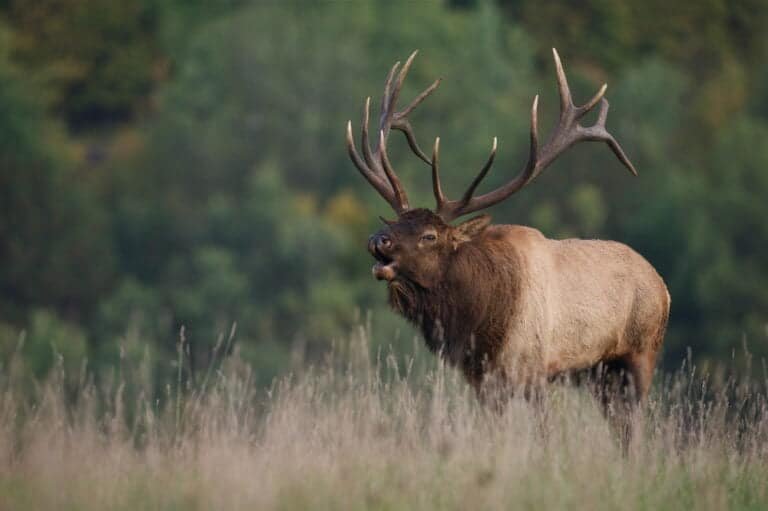
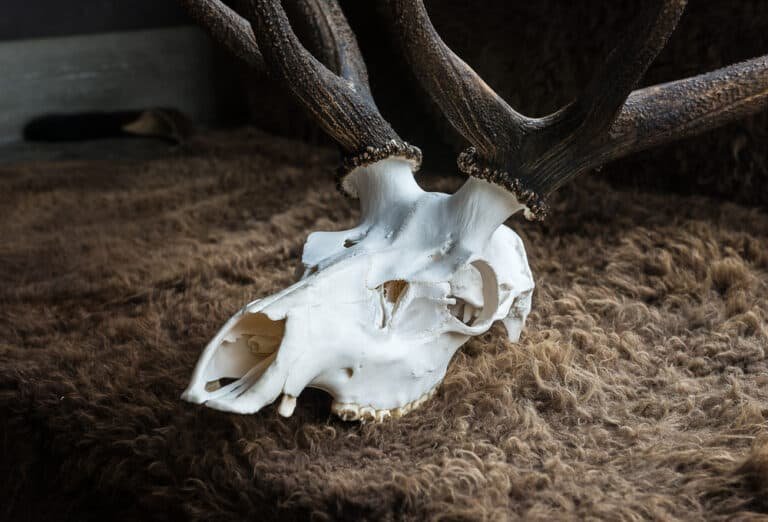

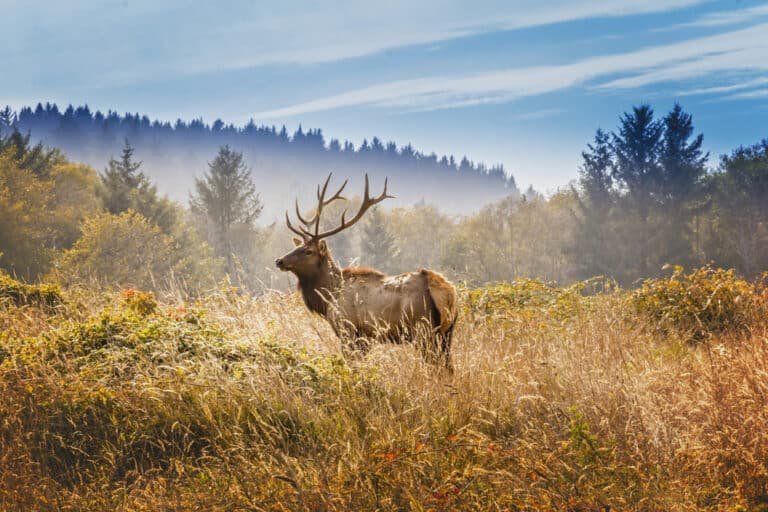
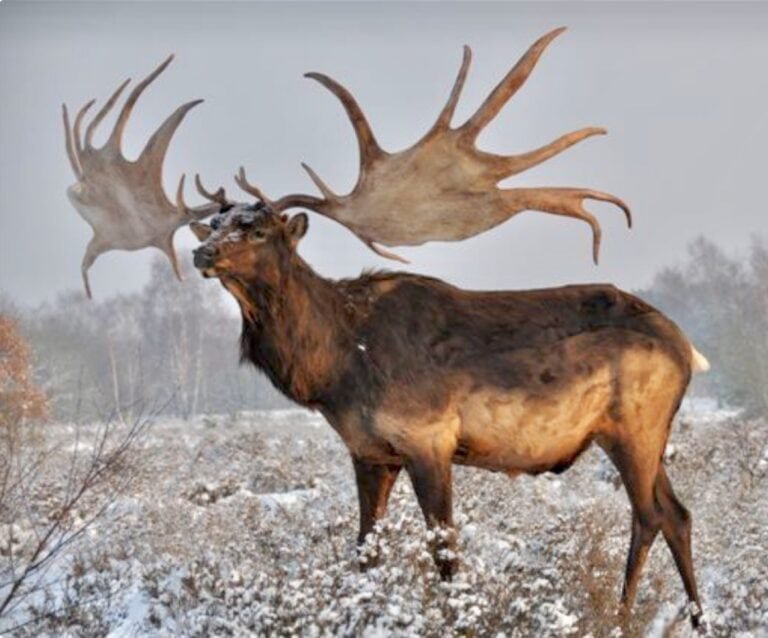
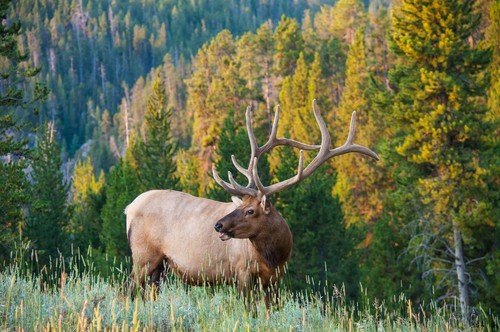
medicine in mexico pharmacies: mexican online pharmacy – best online pharmacies in mexico
mexican mail order pharmacies
https://cmqpharma.com/# medicine in mexico pharmacies
mexican drugstore online
Абсолютно трендовые новинки модного мира.
Важные мероприятия всемирных подуимов.
Модные дома, торговые марки, высокая мода.
Самое лучшее место для трендовых людей.
https://km-moda.ru/style/525-parajumpers-istoriya-stil-i-assortiment/
Наиболее стильные события модного мира.
Исчерпывающие мероприятия лучших подуимов.
Модные дома, бренды, высокая мода.
Самое лучшее место для стильныех хайпбистов.
https://luxe-moda.ru/chic/356-rick-owens-buntar-v-chernyh-tonah/
Несомненно трендовые новости моды.
Абсолютно все события лучших подуимов.
Модные дома, бренды, haute couture.
Самое лучшее место для стильныех хайпбистов.
https://modastars.ru/
Наиболее трендовые новинки модного мира.
Исчерпывающие новости всемирных подуимов.
Модные дома, торговые марки, гедонизм.
Самое приятное место для стильныех людей.
https://donnafashion.ru/
I like this site it’s a master piece! Glad I noticed this ohttps://69v.topn google.Blog monetyze
Amazing Content! If you need some details about about Website Design than have a look here Article Star
Наиболее важные новинки мира fashion.
Все события лучших подуимов.
Модные дома, лейблы, гедонизм.
Самое лучшее место для стильныех людей.
https://donnafashion.ru/
Наиболее трендовые новинки мировых подиумов.
Важные мероприятия мировых подуимов.
Модные дома, торговые марки, haute couture.
Самое лучшее место для стильныех людей.
https://mvmedia.ru/novosti/282-vybiraem-puhovik-herno-podrobnyy-gayd/
Несомненно важные новинки подиума.
Все мероприятия самых влиятельных подуимов.
Модные дома, бренды, haute couture.
Самое лучшее место для модных людей.
https://donnafashion.ru/
buying prescription drugs in mexico online: mexican drugstore online – mexican drugstore online
mexican pharmaceuticals online: best online pharmacies in mexico – п»їbest mexican online pharmacies
http://indiapharmast.com/# india pharmacy
mail order pharmacy india [url=https://indiapharmast.com/#]indianpharmacy com[/url] cheapest online pharmacy india
mexican pharmacy: best online pharmacies in mexico – buying prescription drugs in mexico online
mexico pharmacy: buying prescription drugs in mexico online – mexico pharmacies prescription drugs
top 10 online pharmacy in india [url=http://indiapharmast.com/#]top 10 online pharmacy in india[/url] indian pharmacy paypal
https://canadapharmast.com/# reliable canadian online pharmacy
top 10 pharmacies in india: reputable indian pharmacies – indian pharmacy online
purple pharmacy mexico price list: mexican pharmacy – mexico drug stores pharmacies
ed meds online canada: my canadian pharmacy review – canadian pharmacy mall
Online medicine home delivery [url=http://indiapharmast.com/#]cheapest online pharmacy india[/url] online shopping pharmacy india
http://canadapharmast.com/# buy canadian drugs
cross border pharmacy canada: medication canadian pharmacy – canada drugs online review
mexican rx online: п»їbest mexican online pharmacies – mexican rx online
reputable indian online pharmacy: top 10 pharmacies in india – Online medicine order
http://doxycyclinedelivery.pro/# how to buy doxycycline online
amoxicillin order online [url=https://amoxildelivery.pro/#]buy amoxicillin online uk[/url] amoxicillin 500mg price canada
https://paxloviddelivery.pro/# paxlovid buy
https://paxloviddelivery.pro/# paxlovid generic
buy paxlovid online [url=https://paxloviddelivery.pro/#]paxlovid pill[/url] paxlovid generic
http://clomiddelivery.pro/# how to buy cheap clomid prices
https://clomiddelivery.pro/# where can i buy clomid for sale
antibiotics cipro [url=https://ciprodelivery.pro/#]antibiotics cipro[/url] buy ciprofloxacin over the counter
http://amoxildelivery.pro/# where can i buy amoxicillin over the counter
https://paxloviddelivery.pro/# paxlovid generic
http://doxycyclinedelivery.pro/# can i buy doxycycline over the counter uk
п»їpaxlovid [url=http://paxloviddelivery.pro/#]buy paxlovid online[/url] Paxlovid buy online
http://clomiddelivery.pro/# get cheap clomid without a prescription
http://doxycyclinedelivery.pro/# order doxycycline uk
how much is amoxicillin prescription [url=https://amoxildelivery.pro/#]amoxicillin generic[/url] amoxicillin order online
https://doxycyclinedelivery.pro/# doxyhexal
http://clomiddelivery.pro/# where to get generic clomid without dr prescription
paxlovid pharmacy [url=https://paxloviddelivery.pro/#]paxlovid india[/url] п»їpaxlovid
https://amoxildelivery.pro/# amoxicillin buy no prescription
http://clomiddelivery.pro/# can you get cheap clomid prices
amoxicillin 500mg capsule buy online [url=https://amoxildelivery.pro/#]amoxicillin discount coupon[/url] rexall pharmacy amoxicillin 500mg
http://paxloviddelivery.pro/# paxlovid price
http://doxycyclinedelivery.pro/# average price of doxycycline
http://clomiddelivery.pro/# cost clomid
how to get clomid without rx [url=http://clomiddelivery.pro/#]can you buy cheap clomid for sale[/url] can you buy clomid
Полностью свежие новости подиума.
Исчерпывающие события известнейших подуимов.
Модные дома, бренды, высокая мода.
Самое лучшее место для трендовых людей.
https://lecoupon.ru/